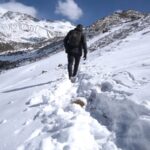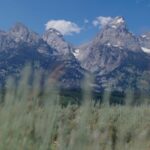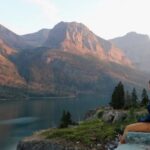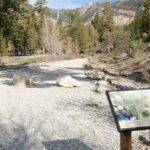For years, I’ve been absolutely hooked on the beauty and the experience of fly fishing in Montana. In this region, each cast is a moment of peace, yet full of anticipation.
It’s a sport that offers a way to connect with nature and find a bit of tranquility in the great outdoors. In this post, I’ll share some experiences and tips regarding Montana fly fishing, so let’s begin without further ado.
Key Highlights
- Montana is home to diverse rivers for fly fishing, with species like Rainbow, Brown, and Cutthroat trout.
- Techniques such as dry fly fishing, nymphing, and streamer fishing are essential to adapt to different river conditions and trout behaviors.
- Guided tours, like those offered by Montana Angler, provide valuable local knowledge, expertise, and customized trips for anglers of all levels.
Best Rivers for Fly Fishing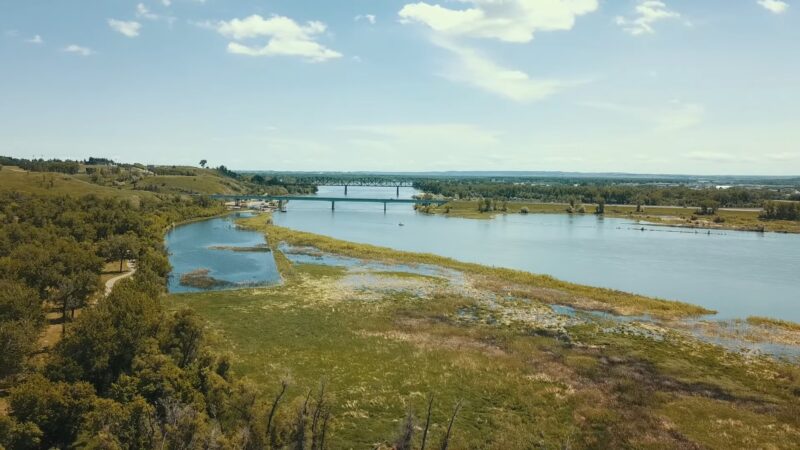
Fly fishing is primarily a river sport, and Montana sports some of the most diverse and renowned rivers in the U.S. Each river has something special to offer to anglers.
- Madison River starts in Yellowstone and flows through Ennis Lake. It’s known for big trout. You can wade in the upper part and float fish in the lower part. Look out for caddis, mayflies, and stoneflies.
- Yellowstone River is the longest river without dams in the lower 48 states. It’s full of big fish and has lots of hatches. It starts in Yellowstone and meets the Missouri River. You’ll find cutthroat, rainbow, and brown trout, but you need to pick your spots carefully.
- Gallatin River became famous because of the movie “A River Runs Through It.” It’s easy to get to and has lots of rainbow and brown trout. It’s clear and beautiful, perfect for wading.
- Missouri River forms where the Jefferson, Madison, and Gallatin rivers meet. Near Craig, it’s known for big trout. The water flow and temperature are steady, which is great for the fish. You’ll see caddis, mayflies, and tricos, especially good for dry fly fishing.
- Big Hole River flows freely and has many different fish, including the rare Arctic grayling. The landscape changes a lot, with deep pools and fast runs. Big hatches in spring and fall make for good trophy trout fishing.
- Bighorn River is a tailwater river, meaning it comes from a dam or a reservoir. It’s famous for lots of fish and great fishing all year. The conditions are stable, so there are plenty of hatches. Anglers go after big brown and rainbow trout using nymphs and streamers.
- Blackfoot River has beautiful views and great fishing for different kinds of trout. The river has rapids and deep pools. In the summer, you’ll see salmon flies and golden stoneflies, which are great for dry fly fishing.
Sizeable Trout Species
The rivers of Montana are packed with various trout species, each offering unique challenges and rewards for fly fishers. Rainbow Trout is by far the most sought-after due to their aggressive nature and fighting spirit. Known for their acrobatic leaps and hard, drag-testing runs, they provide quite a challenge.
Brown Trout, on the other hand, are revered for their wariness and the cunning required to catch them. They’re usually found in deeper, slower water and are known for their massive size, particularly in rivers like the Big Hole and Beaverhead. If you are a gourmet like me, you know that this is also one of the tastiest species out there, at least, in my humble opinion.
Cutthroat Trout are native to Montana and can be found in many of the state’s rivers, creeks, and lakes. These beautiful fish are universally loved for their coloration and the remote, scenic locations where they’re often found. The state also has a healthy population of Brook Trout and, in some places, Mountain Whitefish—an underrated species that can add variety to your fly fishing endeavors.
Techniques
Fishing in Montana is no joke, thus, you will need to possess a variety of techniques. The one you’ll use will depend on the river conditions, seasons, and trout behaviors. Here are some techniques I commonly use:
Dry Fly Fishing
This technique involves casting delicate flies that rest on the water’s surface, imitating adult aquatic insects or terrestrials. If you do it right, you will be stunned by watching the trout rise to take the fly. It’s a cool technique that doesn’t exert too much energy. I prefer it whenever I want to chill and enjoy the scenery.
Nymphing
Nymphing is a technique through which you are presenting flies that imitate aquatic insects in their larval stage. This bait is particularly effective as it is a staple in the trout’s diet. With a gentle cast upstream, allow the nymph to drift naturally with the current, which will draw even the most discerning trout to strike.
Streamer Fishing
Streamer fishing is a very dynamic technique. You execute by mimicking baitfish or larger aquatic insects using the streamer patterns. I prefer this technique in high water conditions or when I’m targeting aggressive, trophy-sized trout.
What Seasons Are Best for Fishing Here?
Montana’s fly fishing season runs year-round, but some times are better than others for targeting specific species or hatches. Spring, from April to June, brings prolific hatches, thus, I visit during these periods when I want to do a bit of dry fly fishing. The weather can be unpredictable, though, and rivers can become discolored due to snowmelt. With that said, effectiveness during spring can be just as dubious as the weather.
Summer, from July to September, is the period when you will get the most consistent fishing conditions. The weather is generally excellent, and the rivers are swarming with insects, which means hungry trout. This period sees hatches of Caddisflies, Pale Morning Duns (PMDs), and terrestrials like grasshoppers and beetles. Essentially, if you want to have an easier time fly fishing, this is the time to do it.
Fall, from October to November, offers tranquil fishing conditions, with fewer anglers on the water and beautiful autumn scenery. The Brown Trout spawn during this season, so if you love this elusive fish, somewhere in mid-October is the perfect time to strike.
Winter fly fishing, though challenging due to the cold, can be rewarding for hardy anglers willing to brave the conditions, with opportunities to catch Rainbow and Brown Trout on nymphs. I tried it three years ago, and sadly, I lacked patience and concentration due to the cold weather. However, if this is not an obstacle for you, the experience can be quite rewarding.
Guided Tours
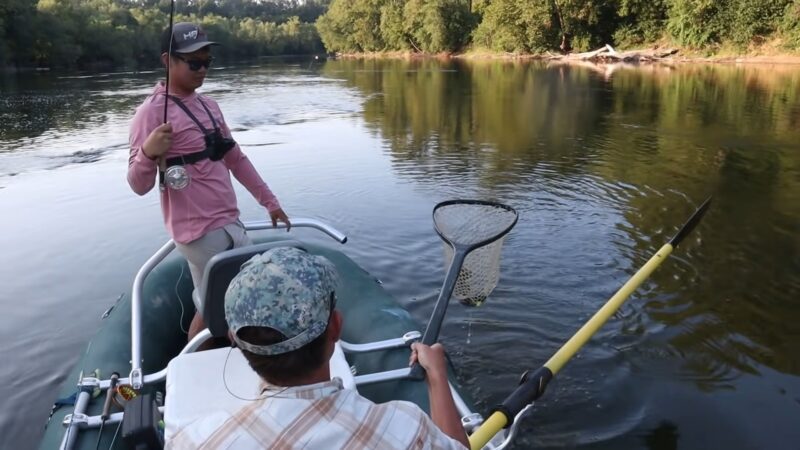
For many anglers, especially those new to these rivers, a guided fly fishing tour can be an excellent way to start. Professional guides bring local knowledge, expertise, and a boat—three things that can significantly enhance your adventure. When I first fished here, I opted for Montana Angler, and I was more than satisfied with what they bring to the table.
The whole experience wasn’t just about fishing as it also educated me more about the species and techniques that anglers in this region prefer.
So Why This Tour?
- Experience: Montana Angler guides don’t have a problem bragging about over 200 years of combined fishing expertise. It’s a good type of bragging since that’s the kind of wisdom you need.
- Customized Trips: They don’t just offer trips but also help you customize your adventure. Whether you’re looking for the luxury of a lodge, the simplicity of a river camp, or something in between, Montana Angler makes it happen. They are super-flexible and professional, and again, if you are a beginner, I strongly recommend checking this tour out.
- A Team Like No Other: The guides at Montana Angler are experts, enthusiasts, educators, and environmental stewards. Their patience can make your trip not just a fishing journey but a learning experience. I for one, have learned a lot about the nature in this region, not just fishing techniques.
Final Words
Fly fishing in Montana is a cool combination of sport, art, and connection with nature that always made me come back for more. There’s something about this experience that makes it as rewarding as it is addictive. When you visit, you’ll understand why this Big Sky Country is a premier fly fishing destination.
I’m Annabel, and traveling has always been my passion. My idea of fun? A lot of biking and hiking. From the Himalayas to the local hills, if there’s a path (or not), I’ve probably been there or it’s on my list.



